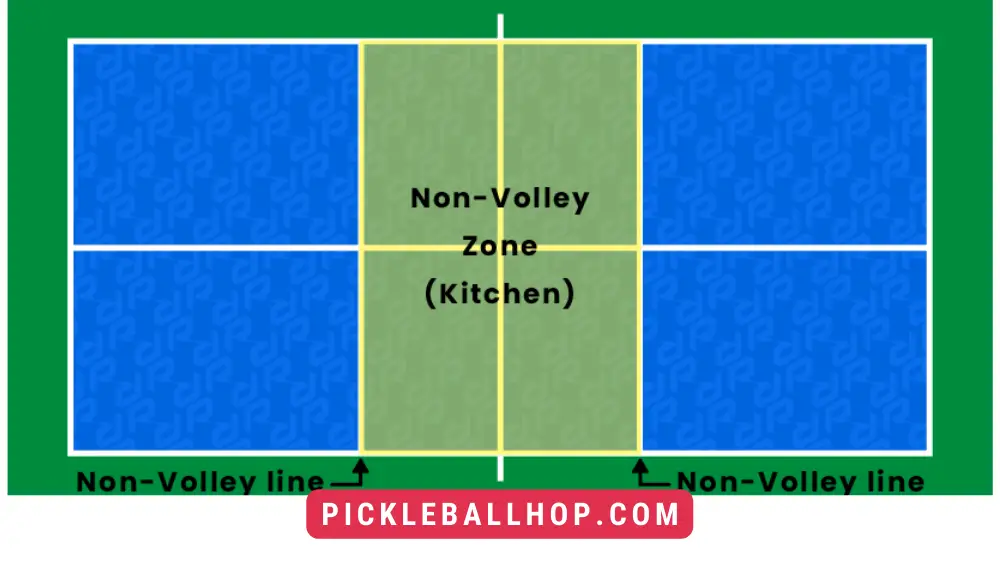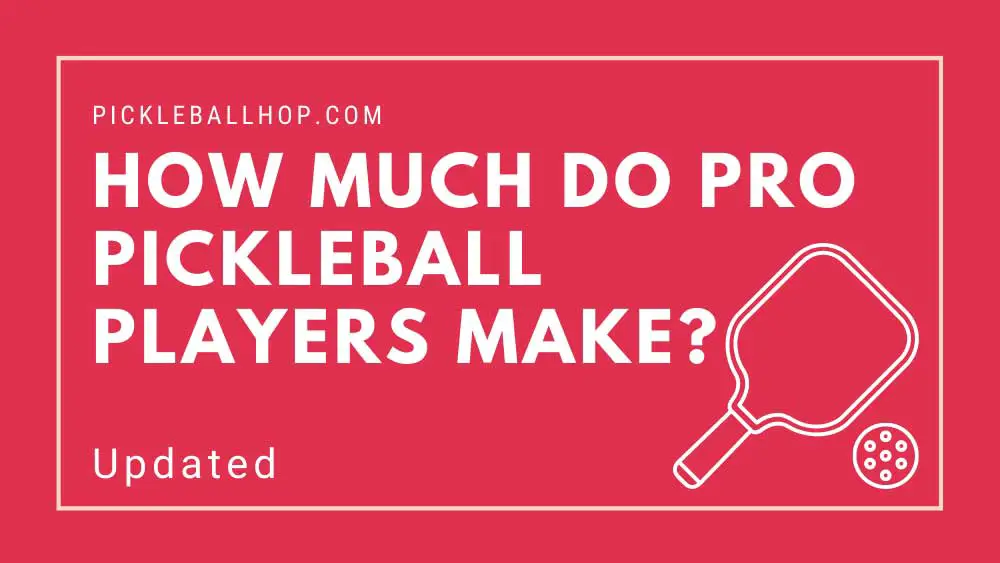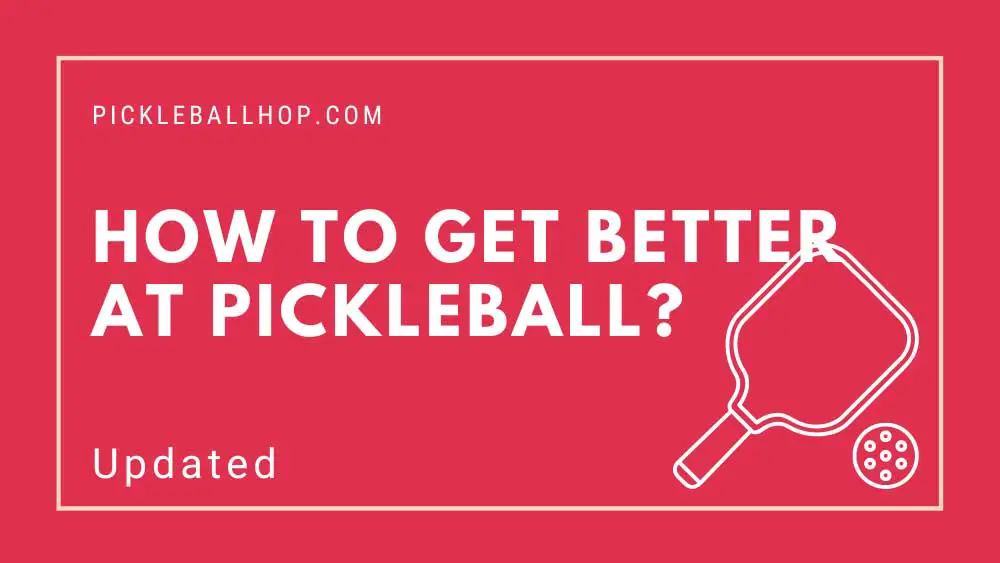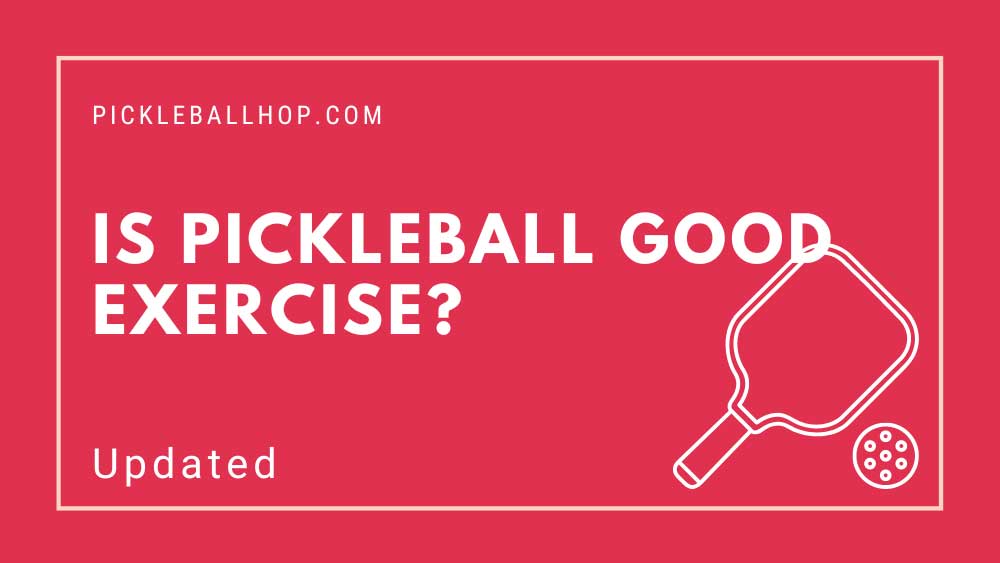The first thing you need to understand about pickleball is the term volley. Volley is when the paddle is used to hit the pickleball out of the air before it bounces. Pickleball also uses the term groundstroke, which is completely different from volleyball. We will explain to you what is the non-volley zone in the pickleball court.
A pickleball court’s non-volley zone or the kitchen are the only areas where players can’t hit the volley. The flat area adjacent to the net is 14 feet long and 7 feet wide. The non-volley zone lies between the non-volley line and the net. Three lines border the zone, one on the non-volley line, and two on either side of the net. Out of the non-volley zone, players can hit a volley. You may enjoy reading Pickleball Volleys
Tricks and Tips to Play Pickleball:
A volley must be hit with great care. You would have violated one of the major rules of pickleball if you made contact with the non-volley zone while hitting a volley. Additionally, you shouldn’t touch the non-volley line or sidelines while you’re volleying.
A novice player is likely to commit three common mistakes. In the non-volley zone, players typically jump into while volleying. The second thing they do is to step over the zone line while attacking the volley. Third, after hitting the volley, you may touch your fingers or feet. Touching the non-volley zone is allowed after the ball bounces. You can also learn here about How to Play Pickleball
Benefits of Non-volley zone
 When you strike the ball outside of the non-volley zone, the angle of attack will be downward, which is a winning angle. In addition to being able to see the entire court of your opponent, playing outside the non-volley zone has another advantage. The ball will be placed where it will be most effective.
When you strike the ball outside of the non-volley zone, the angle of attack will be downward, which is a winning angle. In addition to being able to see the entire court of your opponent, playing outside the non-volley zone has another advantage. The ball will be placed where it will be most effective.
The same holds true if you are out of the non-volley zone, as you will have little room to hit the ball at the winning angle. This doesn’t mean you need to stay away from the cooking area. Players should stay close to the kitchen line. You’ll reduce your opponent’s NVZ by a small amount.
Keeping a distance from the kitchen line gives your opponent more room to place the ball in your path. You have more chances to attack your opponent when you play tight to the kitchen line. In addition, it reduces an opponent’s chance of hitting a shot from a winning angle.
You may enjoy reading Pickleball scoring
Rules of the non-volley zone
 No volley in the non-volley zone:
No volley in the non-volley zone:
There is a basic rule in the kitchen: no volleyball. Player cannot hit the ball before it bounces out of this zone. During non-volley play, players are allowed to strike the ball outside of the zone. You will be in violation of the non-volley zone rule if you touch the kitchen while you are playing volley. Wear your hat, paddle, eyewear, or whatever else you think will protect you.
Momentum Rule:
You will be violating the kitchen rule if, after hitting a shot, you go in the non-volley zone to retrieve the ball. When you hit the shot, you must control the momentum created by that shot. Balls that are dead do not necessarily mean that momentum rules also apply. By committing a foul, you will be committing a non-volley zone violation due to the momentum of the shot. The ball does not need to be dead to be considered a foul.
Re-establishment rule:
Prior to hitting a volley, players should re-establish themselves out of the non-volley zone. During a shot, for instance, if your feet are touching the non-volley line, then you should reposition them into the non-volley zone. A violation of the kitchen rule will result if you don’t do this. The referee may give a ‘foot fault’ penalty if someone violates this rule.
Partner Rule:
Controlling your momentum will be easier if you have a partner. You can hold your partner back if you are close to touching the non-volley zone due to momentum of the shot. There is no fault for doing so.
You may enjoy reading Singles Pickleball Rules
Myths about non-volley zone Rules
In most games, players think they are prohibited from entering the non-volley zone. But this rule only applies when the ball is being volleyed. If you are not playing volley, you can enter the non-volley zone at any time. From the kitchen or non-volley zone, you can hit the groundstroke.
What is the reason behind the name “kitchen” for the non-volley zone?
In this game, you will play multiple games at the same time. Generally, people believe this term comes from the game shovelboard. Shuffleboard, deck shuffleboard, and floor shuffleboard are other names for shovelboard. It’s also called the “10-off” area in deck shuffleboard. Ten points will be deducted for landing in this area. In pickleball, you are not allowed to enter the kitchen.
Conclusion:
By the end of this article, we hope you have gained some insight into what is the non volley zone in pickleball court. The non-volley zone rule has to be followed in order to play this game.
You may enjoy reading Pickleball Court Dimensions
FAQs
Would a player touch the kitchen line violate the non-volley zone rule?
The kitchen rule will be violated. non-volley zones include the kitchen line.
When the ball is dead, does the momentum rule still apply?
The answer is yes. As a result of the shot, it only affects the momentum that is created. You have committed a mistake if you are unable to control your momentum and leap into the kitchen.
When you enter the kitchen without momentum will that be considered a fault?
The entry into the NVZ will not violate the kitchen rule if it did not come from your momentum.
During the act of volleying, if a player’s foot crosses the kitchen line in the air, what are the rules?
There is no fault here. I’ll explain it in simple terms. The act of volleying does not violate the kitchen rule since your arms and paddle are above the line. If your foot is above the line then this also applies.
After hitting the shot, what happens if the paddle of the player falls into NVZ?
It is definitely a fault. It is a fault for the player to touch anything in the kitchen that belongs to him or her.



